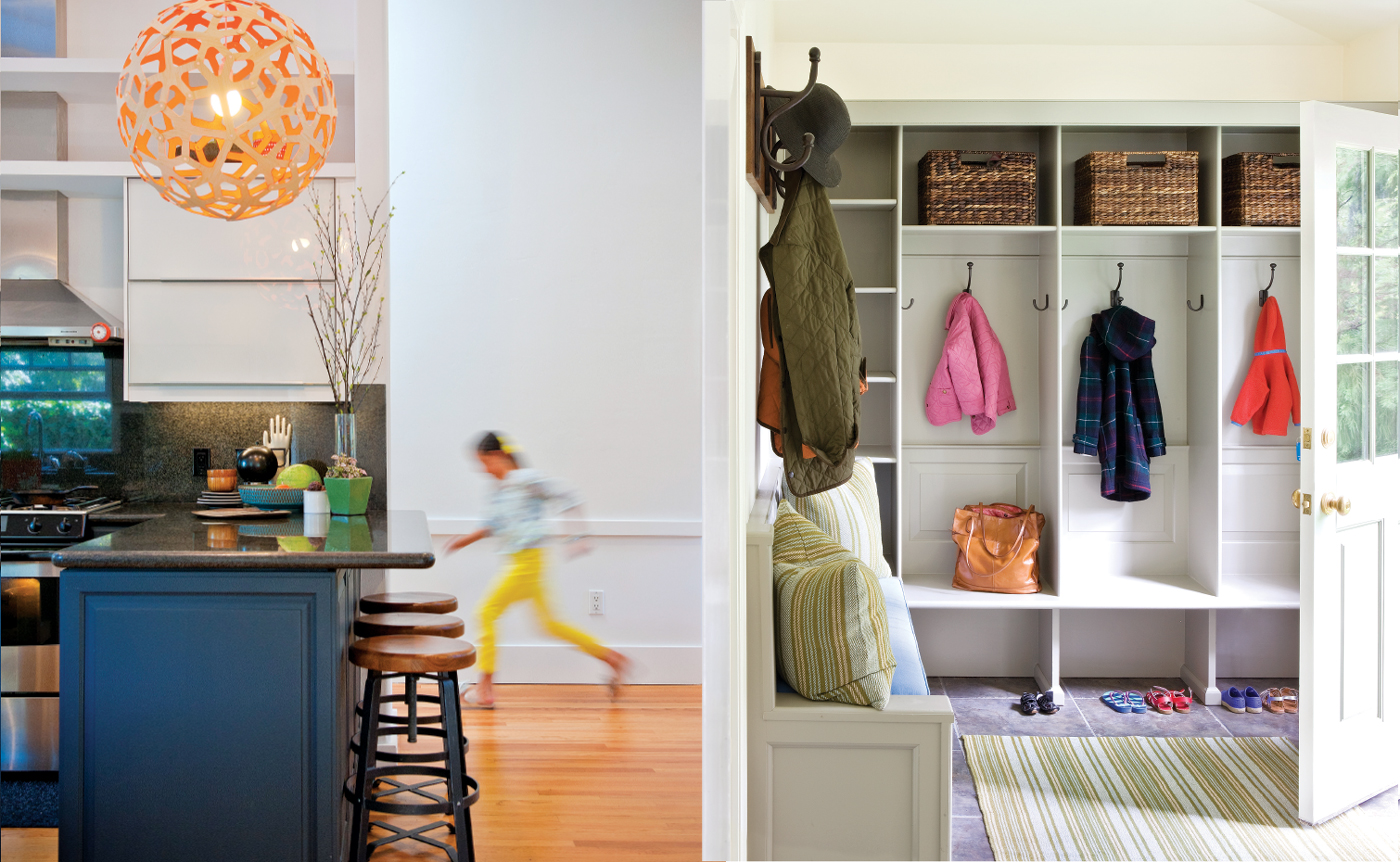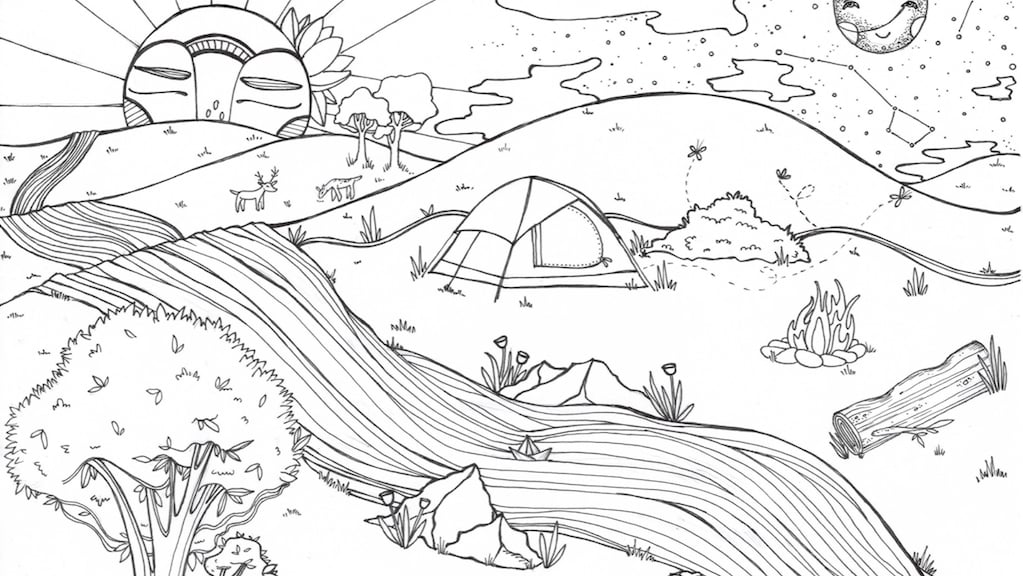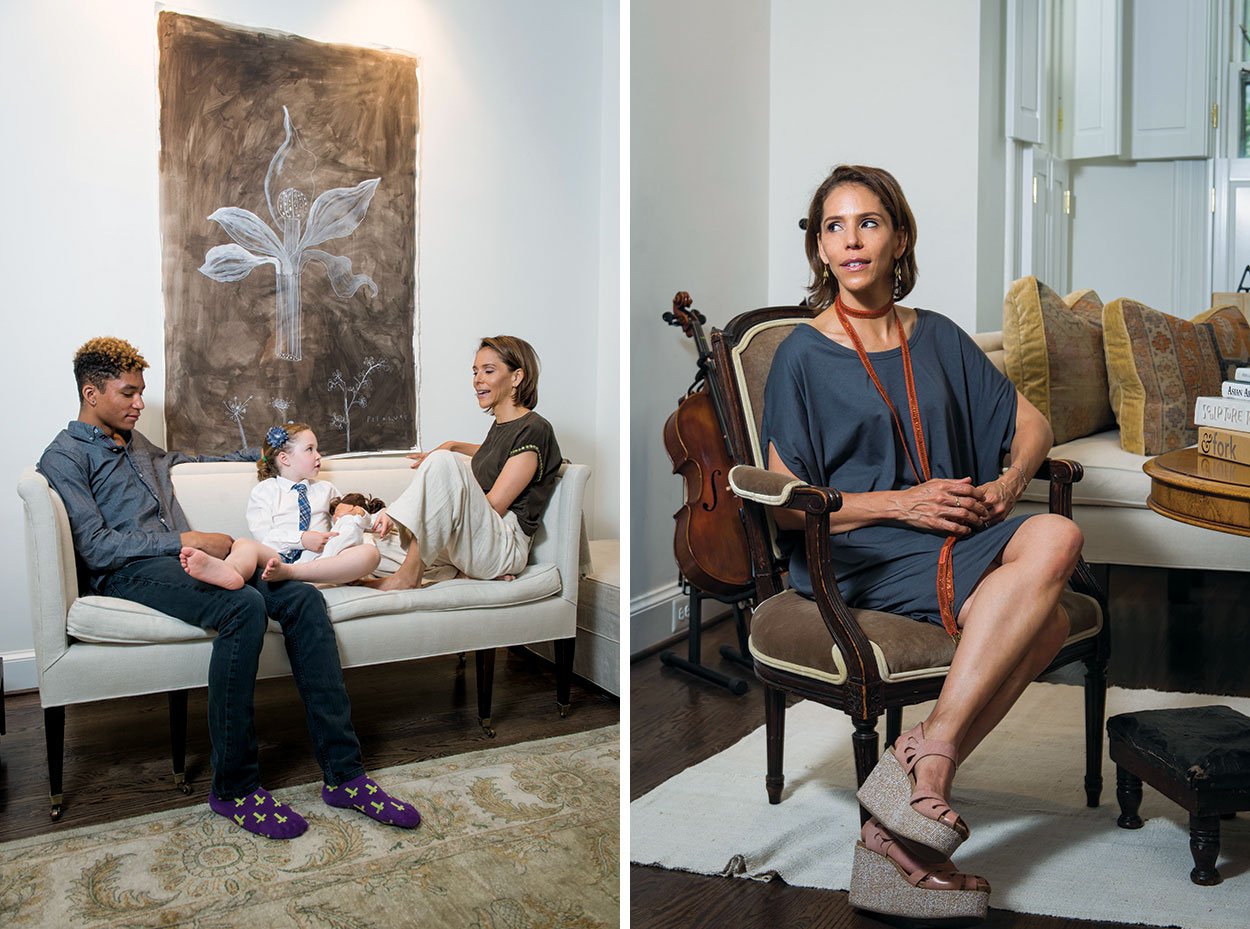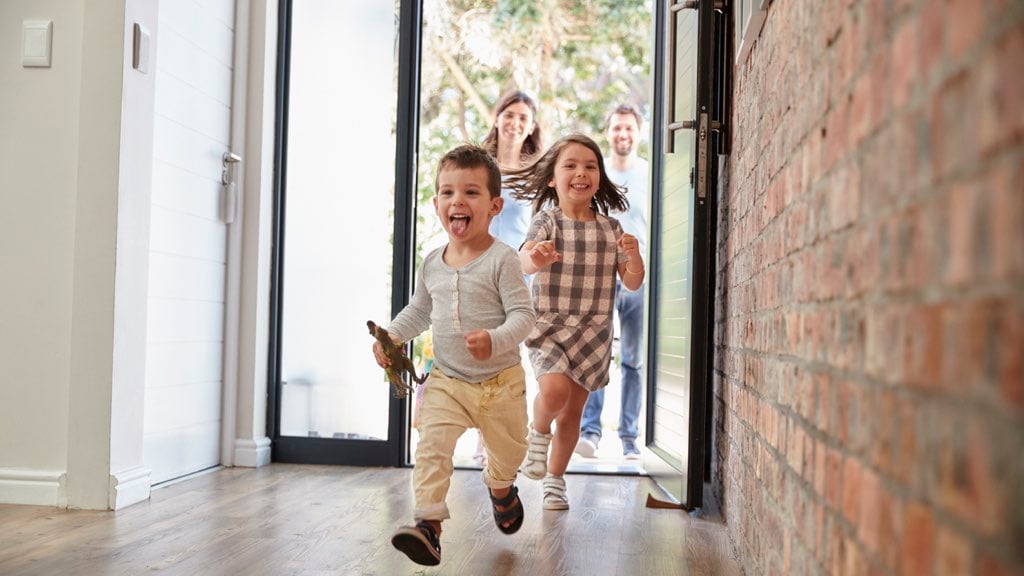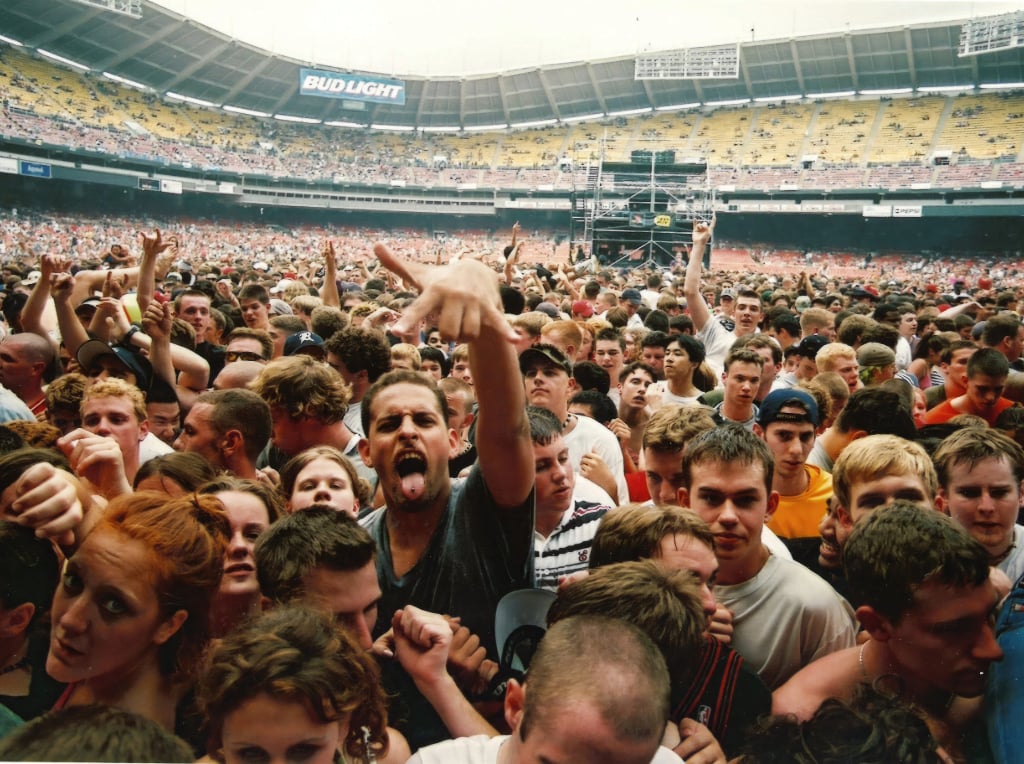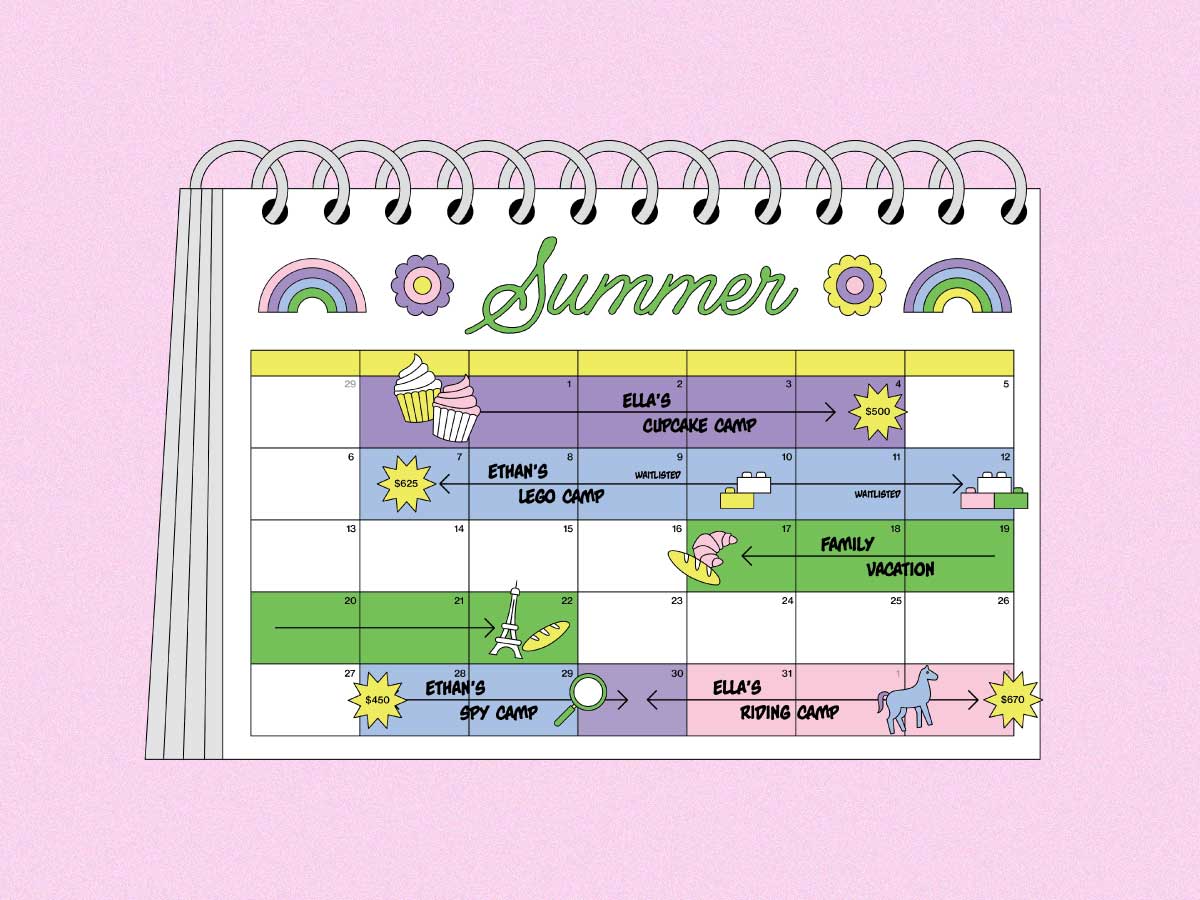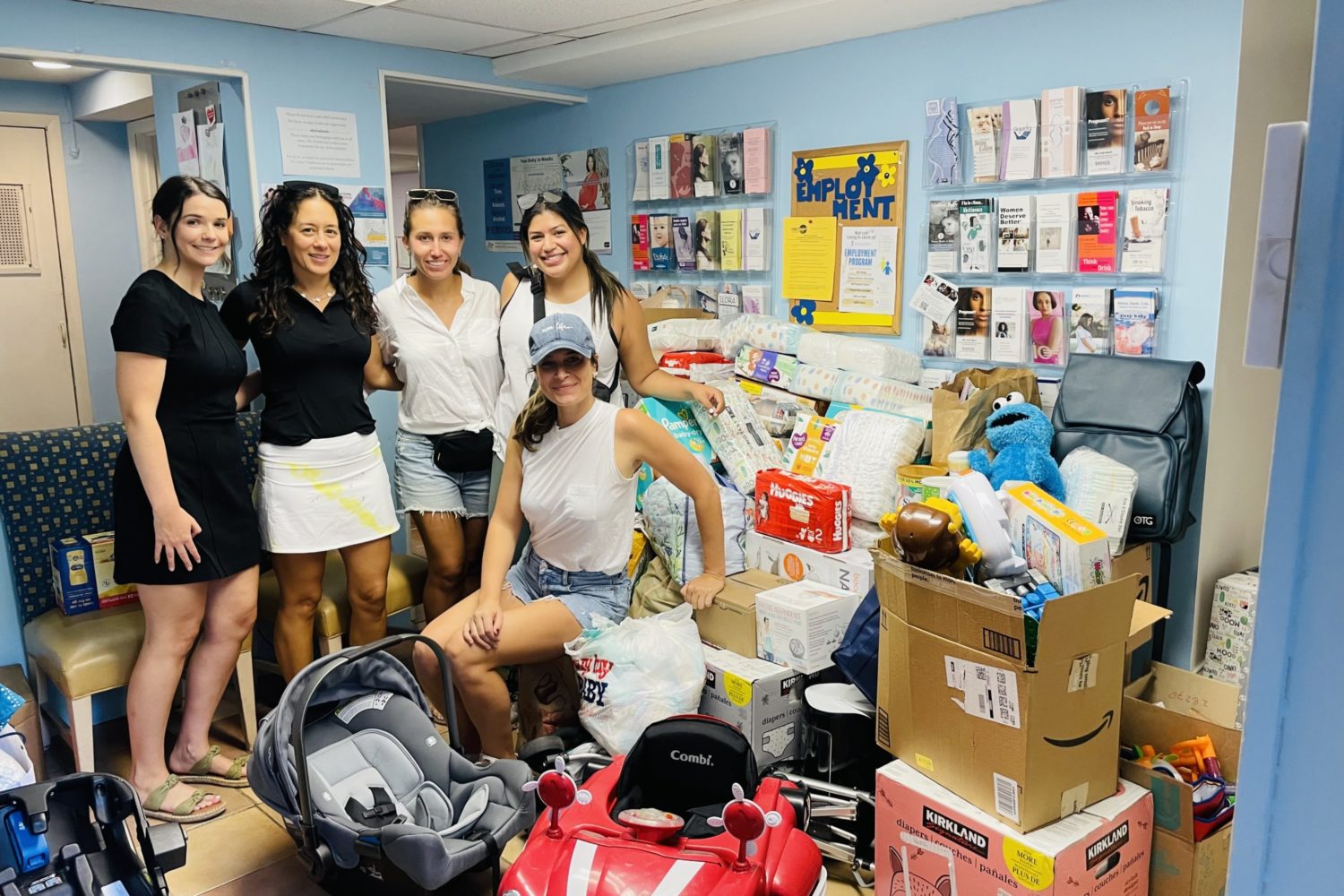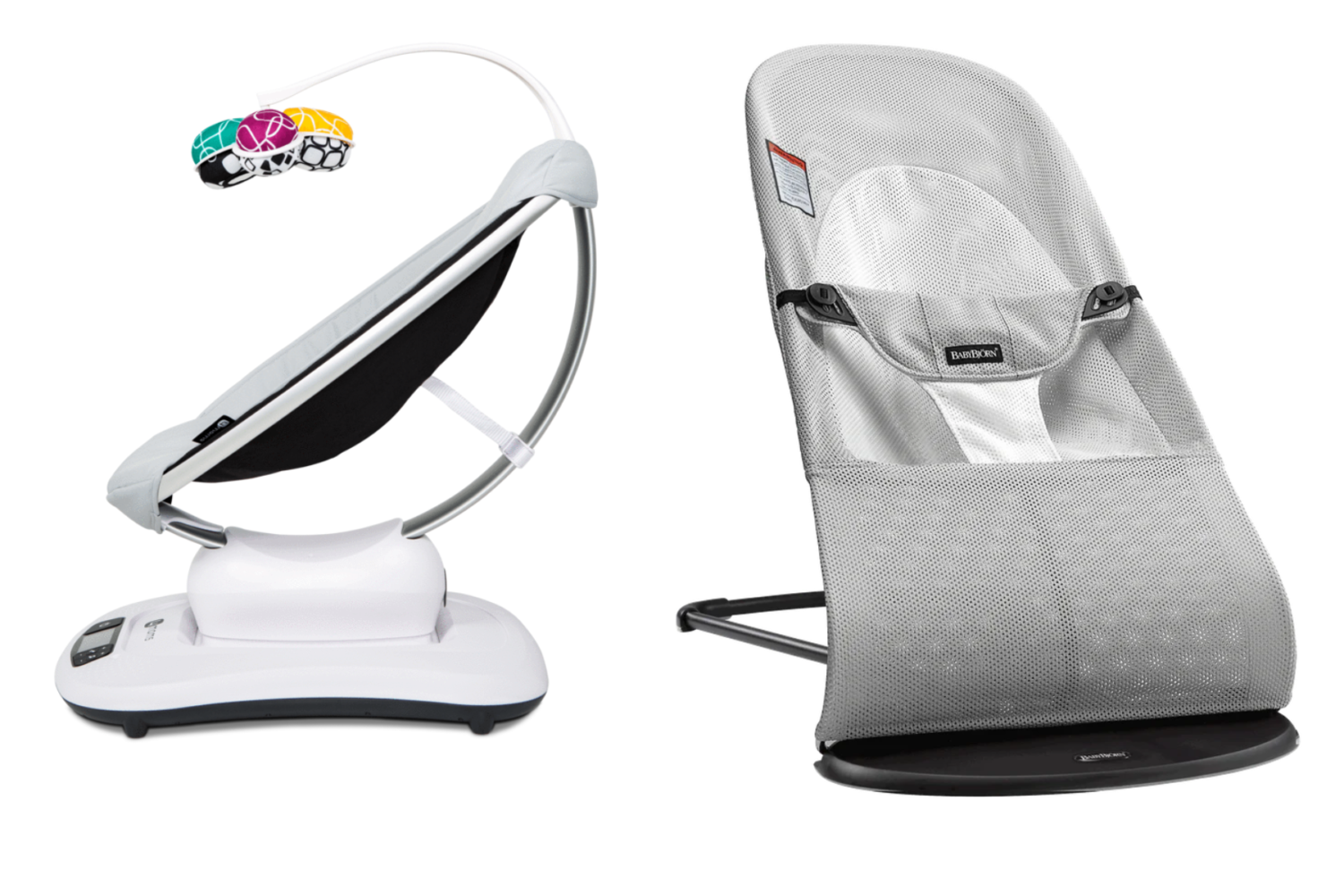Bedroom
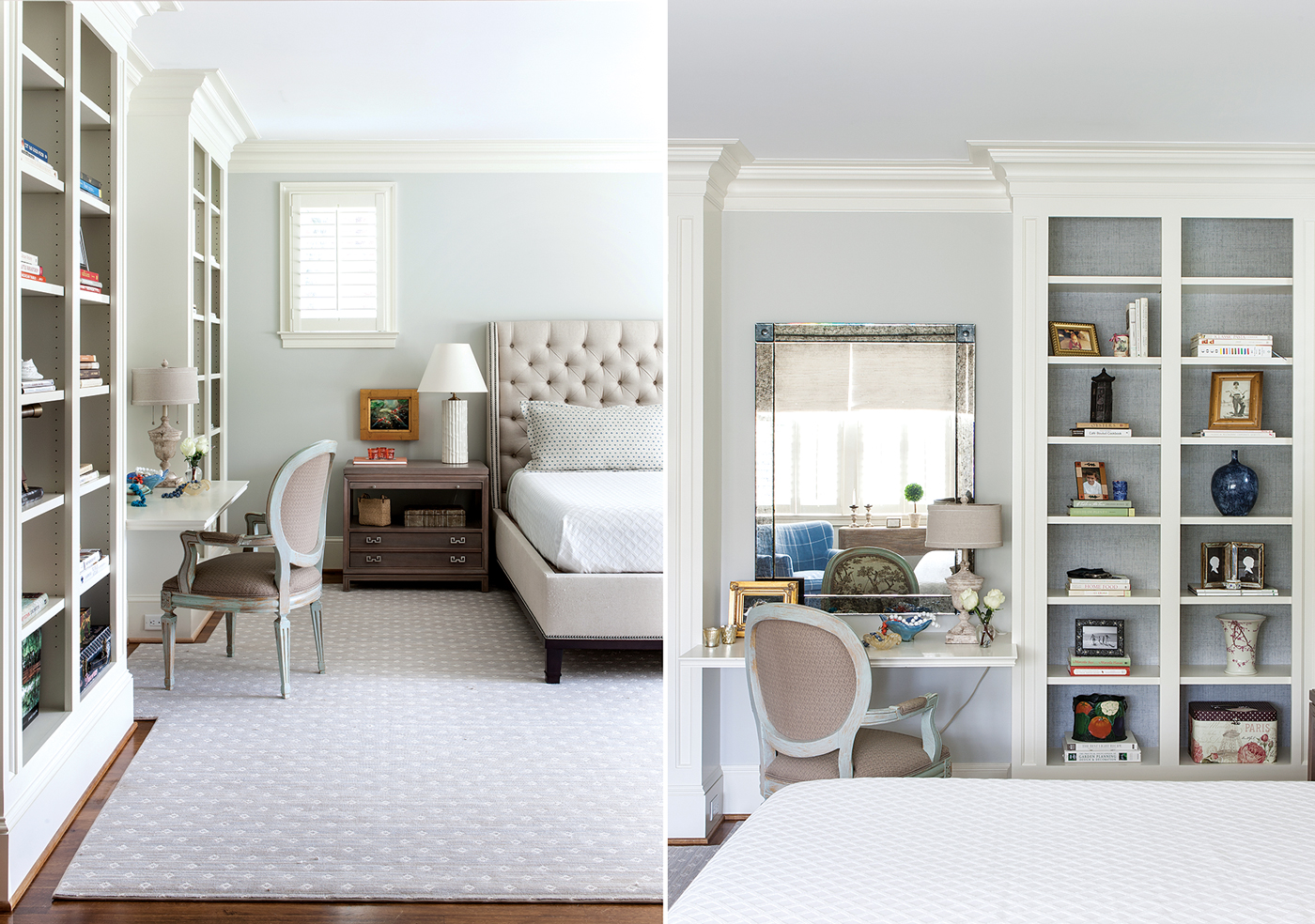
Often a disorderly place because it’s a private area, your bedroom may have unwillingly turned into an extra-storage zone. “Because this room usually has some free space, people keep out-of- season clothes or beach towels under the bed, but if you take it too far and have forgotten everything that’s been shoved under there, it’s time to take it all out,” says Maryland-based personal organizer Rachel Rosenthal. In fact, your bedroom should be the first place to get an overhaul, since its ultimate purpose is to be the sanctuary in which you decompress at the end of each day.
Pile Up the Bed
Rather than using limited counter space or cluttering the floor with items you’re sorting, cover your bedspread with a clean sheet and make the most of all that surface space, says Reston-based personal organizer Susan Kousek. Use the storage-box lids to hold items as you go. Work on one “space” at a time, and remove everything from the top surface, drawers, or bottom shelf. As you group similar items together, eliminate what isn’t absolutely necessary and items you don’t love.
Think Small
To keep drawers from becoming unruly, separate small items into containers, says Rosenthal. For the top of your nightstand or dresser, buy some decorative bowls and trays to catch small items like jewelry, change, and sunglasses.
Shove It
Neatly, of course. Under your bed is the perfect place to store extra linens or clothes that aren’t in season. Just purchase bins designed especially for that area. Or, attach casters to wooden boxes or wine crates, and you’ll be able to roll out whatever you need in seconds.
Bigger Is Better Unless It’s a Bin
Resist the urge to invest in short, small shelving units and end tables. They may look charming, but they just aren’t equipped to do what a wall of cubbies or a tall cabinet with shelves can. “These little furniture items end up occupying precious floor and wall space and become filled with a mishmash of stuff,” says Jill Lawrence, a certified organizer in DC who specializes in chronic disorganization. When is it okay to think small? If you’re using bins in a child’s room or play area, for example. “Hugely oversized bins usually end up being used to stash miscellaneous stuff—so much that they often get too heavy to move and turn into a junk space,” says Lawrence.
Closet
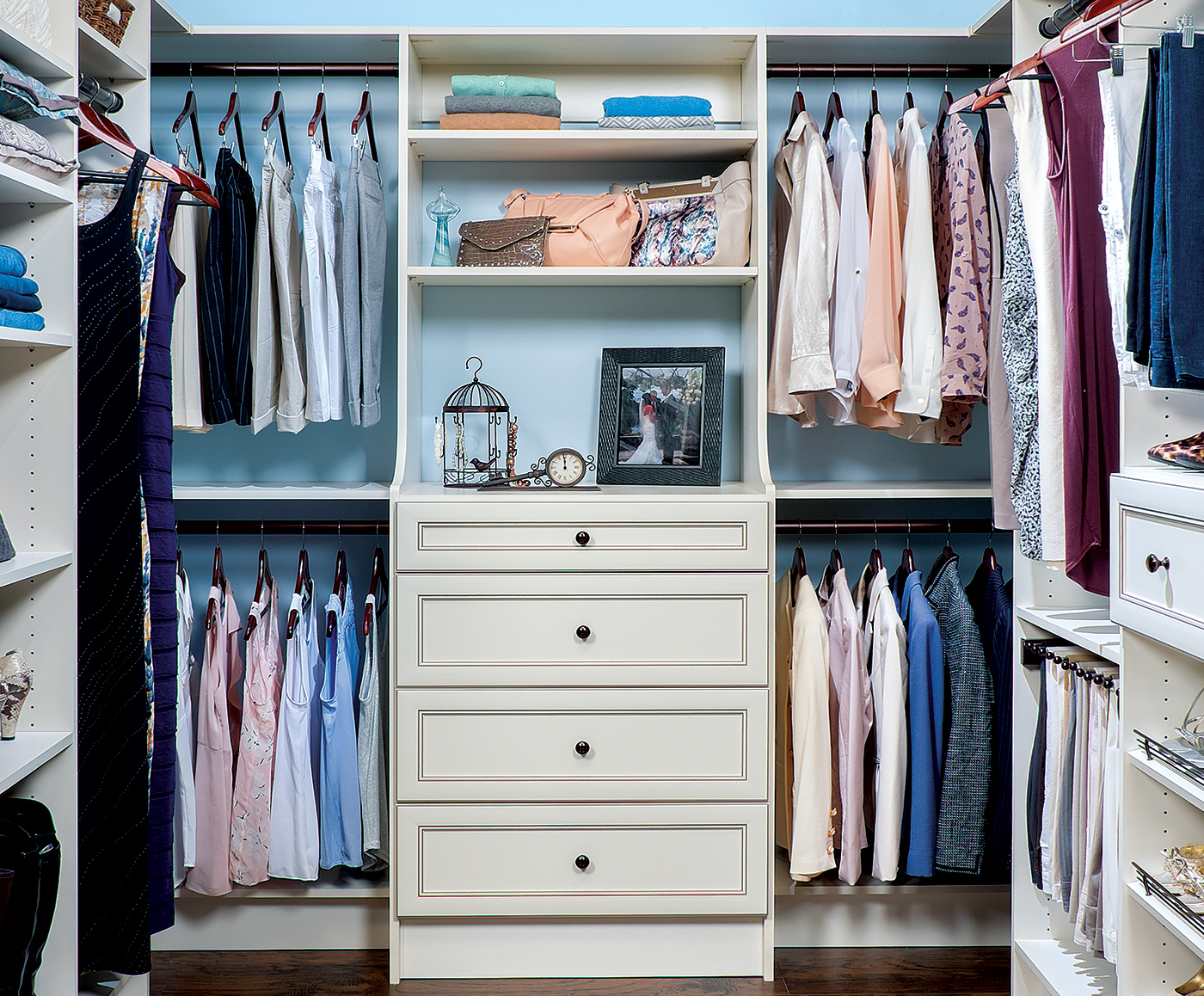
The most loved and loathed parts of the house, our closets are reminders of every size we’ve ever been (or never could be) and every fabulous (or ridiculous) item we’ve ever bought. “The biggest mistake we make is holding on to clothes that don’t fit and not getting rid of bad purchases,” says Kousek. “Truth is, we wear 20 percent of our clothes 80 percent of the time, so only keep what you’re actually wearing.”
Let There Be Light
One of the reasons your closet contents spill into your bedroom is that the storage space is too dark. “Have a cool flat light installed over the closet door, put a standing lamp near the door (behind a piece of furniture so a child won’t pull it down), or at least put up a few battery-powered touch lights,” advises Lawrence.
See Shoes Clearly
“I see people try to get organized with shoe racks, but they rarely work—the shoes just fall off and result in a frustrating pile on the floor,” says Rosenthal, who recommends storing one pair per clear plastic shoebox. “You can see what’s inside, and they neatly stack up even in a tiny corner.” If you’ve been using an over-the-door pocket shoe organizer, repurpose it as an accessory holder—the divisions are just the size for sunglasses, scarves, headbands, and socks.
Divide and Conquer
To speed up your morning routine, store related types of clothing together—sweaters with sweaters, workout gear with workout gear—so you can easily find what you need. For folded items on shelves, use dividers to separate the piles and prevent them from tipping over. For hanging items, separate by color or occasion, but not both. “Over-organizing can be just as overwhelming as not being organized—most people just can’t keep up with that,” warns Rosenthal.
Hang Low
“The tangle of hangers is a big problem—weird, misshapen ones; unnecessarily bulky quilted ones. It’s a mess,” says Lawrence. She suggests investing in flat, sturdy, velvety space-saving hangers (available at Bed Bath & Beyond and Target). Bonus: Clothes won’t slide off.
“You want at least an inch but preferably two between each hanger,” says DC-based personal organizer Carly Poppalardo. “If you’re purchasing items that you’ve owned for years, that’s stuffed-closet syndrome.”
Want to double your closet capacity without hiring a contractor? Stop ignoring unused vertical space by double-hanging where you can, says Vienna-based organizer Susan Unger. A lower rod is also a great idea for kids’ closets so they can reach their own clothes.
Playroom
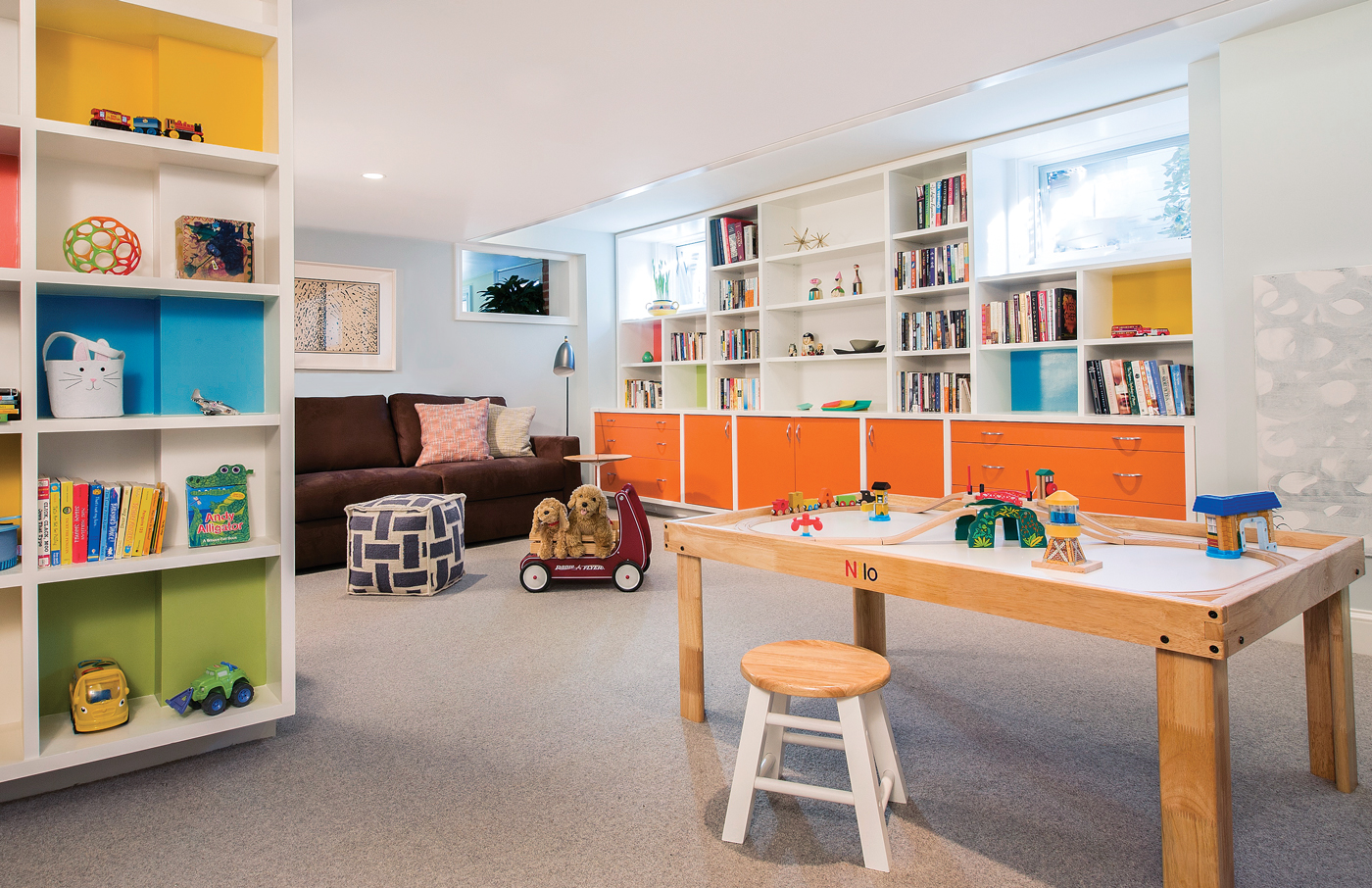
Combine your child’s Tasmanian Devil-like ability to wreck any semblance of order with your sentimental attachment to a few special toys, and you’ve got the makings of a playroom shambles. “The biggest mistake I see in playrooms is not teaching kids to clear out toys or setting any ground rules for cleanup,” says Poppalardo.“ If you start teaching them here and now, you’ll avoid finding food-encrusted dishes under piles of dirty clothes once your kids are teenagers.”
Give Every Toy a Home
Place each of your kids’ toys into a pile of similar items—stuffed animals, dolls, balls, musical instruments. Instead of using a large toy box, which can easily become a bottomless pit, place each “family” in a labeled bin or basket, says Alexandria-based organizer Laine Hardman.
Get Crafty With Artwork
Designate a space to hang your child’s artwork, and replace items as new ones come home. “One of my clients purchased a large bulletin board and had a beautiful frame made for it that matched her decor,” says Kousek. If you don’t have the space for years and years of masterpieces (but don’t have the heart to get rid of them), try taking a photo of your child with each creation as soon as she brings it home and you can use all of those images to compile a photo book.
Seal the Deal
If toys—such as Legos—contain small pieces, opt for sealable containers. A locking lid is the only thing standing between you and the hundreds of tiny bits you’ll be picking up on hands and knees when the box topples.
One In, One Out
For every new toy that enters the playroom, one must go, advises Hardman. This is a less painful alternative to doing a purge of an overflowing playroom, and it teaches your kids not to hoard. Come holiday and birthday time, this becomes a great opportunity to let kids pick toys to donate to others.
Take Advantage of Vertical Wall Space
Allocate bins into cubbyholes based on the height of the kid who’s using its contents. The smallest child gets the bottom row. Designate the top row for the messiest and most complex toys.
Bathroom
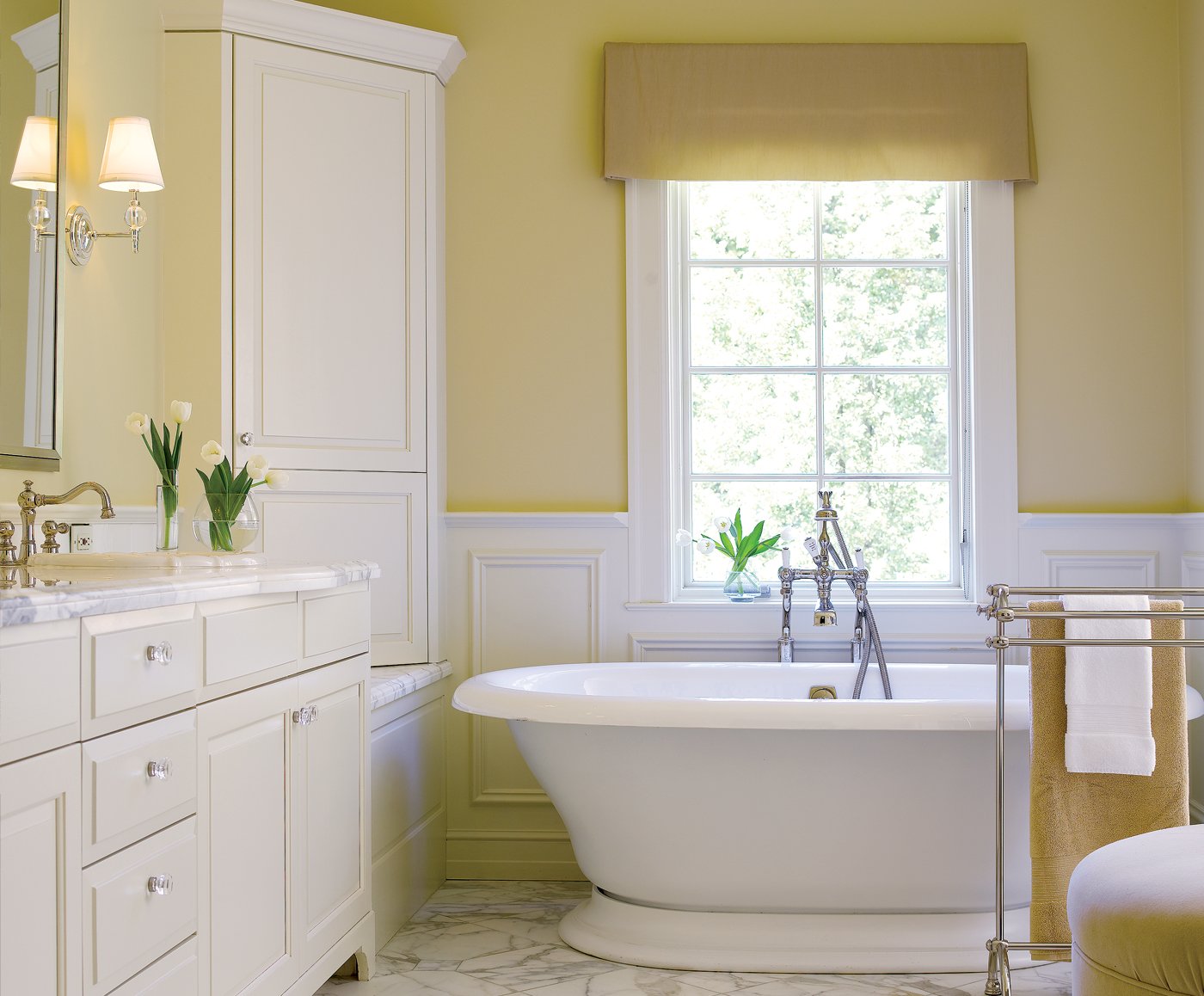
When you’ve got a sea of makeup and brushes, hair-care potions, and housekeeping products, needing a bathroom break takes on new meaning. “The biggest issue in the bathroom is just too much stuff. There’s no reason to have ten shampoos,” says Rosenthal.
Focus on Undercabinet Space
If most of the space under your sink is holding nothing but air (and a few pipes), you’re missing out on several square feet of storage. A two-tiered adjustable under-sink shelf sidesteps space-hogging plumbing, as do roll-out drawers, which can double your space. If you store cleaning supplies under the sink, add a small lazy Susan for easy access.
Untangle Your Tools
Blow dryers, flat irons, and other bulky styling tools can turn into a mess fast, and they eat up precious real estate. “Unless you’re lucky enough to have a ton of drawer space, I love to hang styling tools,” says Poppalardo. “You can use a caddy that holds everything including brushes and can be mounted to the wall or hung from a towel bar, or simplify with a small flat-iron mount that hangs over any cabinet door.”
Put Walls and Doors to Work
Don’t let vertical space go unused. Unger suggests installing a pretty over-the-toilet shelving unit. Not only will it provide extra space for towels and other bathroom essentials, but it will add an interesting architectural element. Poppalardo suggests using perfume bottles as works of art by displaying them on floating shelves.
For a kids bathroom, Rosenthal recommends hanging an over-the-door pocket organizer for storing everything from hair brushes to lotion to extra bars of soap. Think of these as the MacGyver of storage—you’ll find uses for them all around the house.
Gain a Few Inches
Take the guesswork out of how many containers you’ll need to max out your storage by taking a few minutes before you buy. Hardman recommends measuring your drawers, cutting out a piece of newspaper that size, and bringing it with you when shopping for organizers. To keep boxes from sliding around, choose a set that interlocks, suggests Poppalardo.
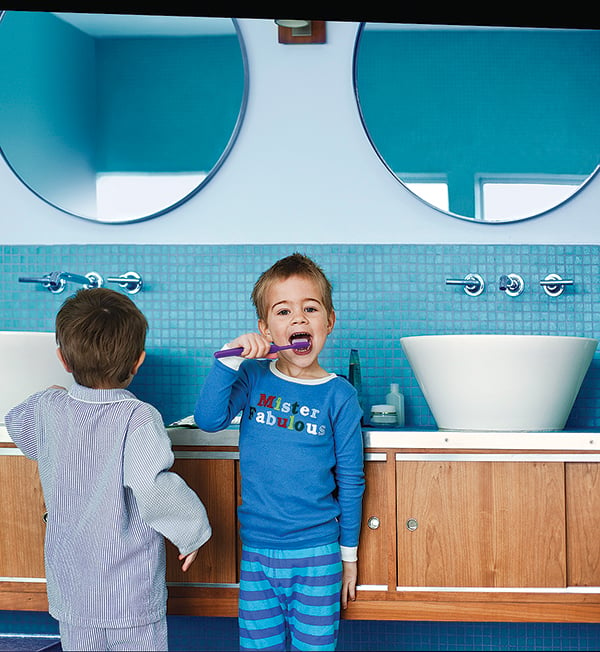
If In Doubt, Throw It Out
How many shampoos and conditioners does one head of hair really need? Probably not as many as you have arrayed in your shower. “Not only do shower products tend to pile up, but they expire and need to be tossed,” says Rosenthal. If you still need extra storage once you’ve thinned the herd, hang an organizer from the shower head. If you have a towel bar in there, use a caddy with an adjustable hook.
Sort It Out
Separate every beauty item you have by category—nails, dental, hair—and give each its own labeled clear bin. “The most important thing is that your bins be easy to grab and put back, so you’re not making more of a mess each time you reach for them,” says Poppalardo. The see-through factor ensures that you don’t buy the same shade of lipstick three times because you can’t find the first tube. Use counter space to display items that are pretty and used regularly—like makeup brushes and moisturizer. But make sure everything still has a place, such as an upright, clear acrylic holder.
Cotton swabs, balls, and pads not only look messy in their bags but take up more space than they should and can end up spilling everywhere. Store them in clear lidded containers that look just as nice on a counter as in a drawer.
Micro-Manage the Medicine Cabinet
When you’re organizing a petite space with so many small items, it’s important to consider what you’ll have to do when it’s time to clean—think about how annoying it will be to remove each hair tie and nail-polish bottle one by one and then put them all back. “Use small containers or drawer organizers to store like items so that you can just take out the container, clean, and you’re done,” says Rosenthal.
Kitchen
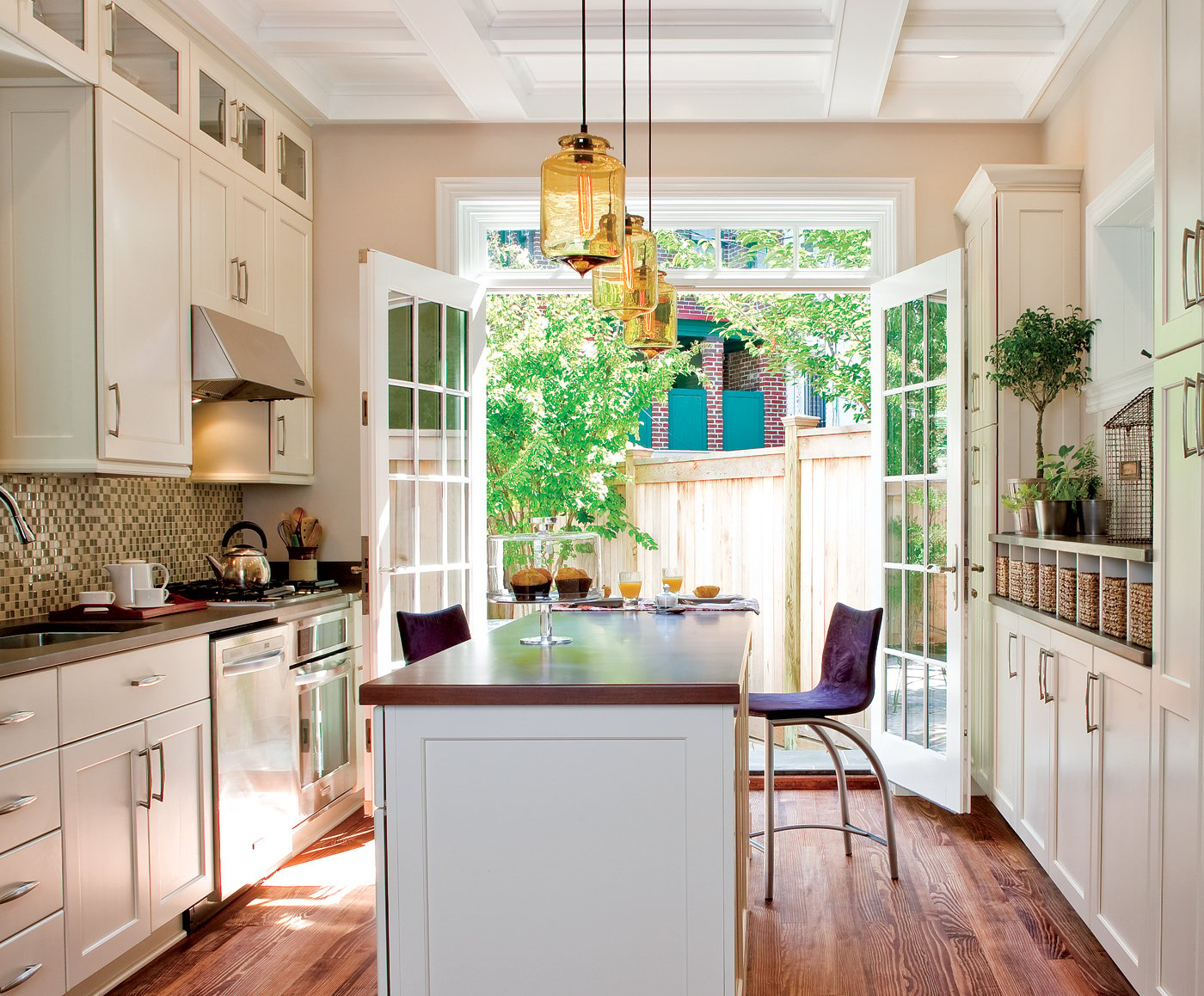
“Even though they’re so important in our lives, most kitchens I see were quickly assembled after a move without a lot of thought about what is used on a regular basis,” says Lawrence. For this most heavily trafficked room in the house, consider some of the organizing solutions designed to keep your cupboards, counters, and drawers clutter-free.
Rewrite Your Cleaning Act
Place basic cleaning products—like whatever you use to wipe down counters and a disinfectant—under the sink in one sturdy caddy with a handle to pull out and carry to wherever you need to clean up a mess. Install a hanging-tool organizer on the back of the pantry door for your mop, broom, and other long items—not only does it get them out of view, but it allows for quick air-drying.
Do the Dishes—Better
“I tell clients that they can gain 15 minutes a day—just enough time for a relaxing cup of tea—by stacking their dishwasher efficiently,” says Poppalardo. “Keep all forks together; same for spoons and knives. Relocate your dish storage to the cabinet above the dish washer, and your silverware drawer as close to it as possible. It makes emptying the dishwasher a breeze!”
Consider Location
Store items where you actually use them to save yourself steps during the breakfast and dinner rush. “Keeping mugs, coffee, and sugar near the coffeepot makes for easier mornings; same for oil and frequently used spices by the stovetop,” says Rosenthal.
Keep Kids In Mind
Grant—and limit—access to little hands by strategically storing items on lower and higher shelves. Place cups and kid-friendly snack containers in a lower cabinet, so all members of your brood can get their own glass of water. Keep healthy snacks down low in labeled snack bins so hungry kids can find what they want without furrowing through what’s off-limits. Spinners are great for kid zones: Fill them with snacks and sandwich supplies and let your kids “play” with their food.
Store Like With Like
Cereal with cereal, cans with cans, pasta with pasta. Use small clear containers to hold things like tea bags and marinade packets.
If your pantry shelves are deep, consider turntables for bottles of oil, dressing, and other condiments. “Use labeled baskets or containers so you can keep track of how much you have and identify items that are expiring soon to keep them from going to waste,” says Rosenthal. “It creates a system for putting away new groceries behind the ones you need to use up.” Try this in the fridge too, with fridge-safe containers.
Give Doors Double Duty
“Use the inside of cabinet doors for storage space,” says Unger. Her favorite ideas: Place hooks in a cabinet door under the sink to hang dish towels, keeping them clean and out of sight. Stick hooks for potholders inside a cabinet close to the stove and oven. Install a food-wrap holder near where you prep food and leftovers for storage. Attach an adhesive row of hooks for extra keys. Don’t forget the pantry door: It’s a huge usable space. Install a door and wall rack system and fill it with frequently used items.
Make Even High Spaces Functional
If you can’t reach it, you can’t use it (or even remember what’s in it). Place a folding step stool under the sink and a sturdy three-step ladder with grip bar in the pantry or somewhere close by, suggests Lawrence, so you can get what you need from anywhere without having to balance on a wobbly chair. A reacher-grabber tool is ingenious for stashing paper towels and other stock-up items after a Costco run.
Toss Out Leftovers
And we’re not just talking about food. Everyone seems to have a cabinet that’s overflowing with odd-shaped jars and plastic containers. “Match the lids and throw away any container that’s missing a top, then go through the pile again and ask if you really need that many,” says Unger. If you’re willing to start from scratch, scrap everything you have and invest in a set of small, medium, and large nesting food-storage containers.
Add Some Dividers
Use small organizer bins to corral all kitchen gadgets by category—think small knives, openers (bottle, can, and wine), spatulas, measuring spoons and cups—so they are easy to retrieve. For base cabinets, consider installing pullout drawers. “These are the best investment, because they keep you from having to crawl on the floor to retrieve and put things away in the back,” says Unger.
Attract the Clutter
Attaching a magnetic strip to the wall lets you store knives and kitchen shears vertically and it looks pretty cool, says Unger. Tired of using the refrigerator as a bulletin board? Use refrigerator magnets to keep invitations, recipes, and favorite photos handy by installing a piece of sheet metal on the inside of a cabinet door.
Clear Your Countertops
Taking up prime real estate with items you rarely use—like the juicer you fire up only the first few days of every month, when you’re trying to detox—is one of the most common kitchen faux pas. “If you use the toaster every day, it’s fine to keep it out, but if you only use it once a week, store it in an easily accessible spot in a cabinet above the countertop,” says Poppalardo. The less you use an item, the farther and higher away it can go.

